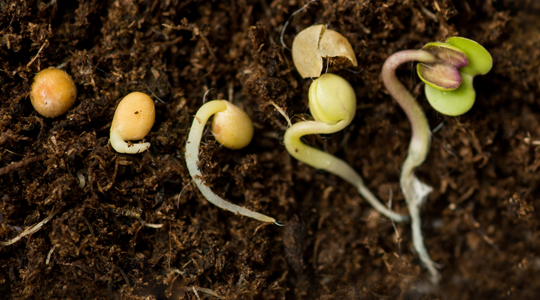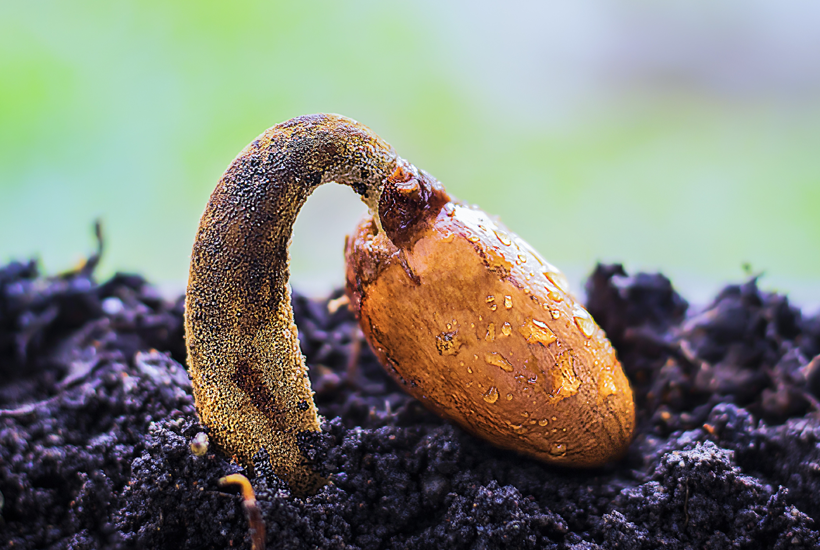With our delayed germination technology, you control when the seed wakes up—not the rain, not the temperature, and not chance.

As soon as moisture hits a seed, germination begins.
Respiration kicks in. Cells expand. The process can’t be stopped.
Without control, the seed starts anyway.
And that leads to stand loss, wasted inputs, and replant risk.
Once germination begins, there’s no going back.
Without a barrier, there’s no buffer.
Most coatings on the market today are carriers—not control systems.
They exist to:
But they don’t:
They’re built for packaging—not performance.
Our coating creates a moisture-regulating barrier that:
Depending on formulation, we can delay germination:
This is about decoupling planting from germination. That’s never been possible—until now.
Without a barrier:
With a barrier:

| Scenario | Fortified Inputs™ Advantage |
|---|---|
| Relay cropping | Delay emergence until post-harvest |
| Early-season planting | Hold germination during weather volatility |
| Flood-prone zones | Survive standing water events |
| Humid storage conditions | Prevent pre-germination in bins or transit |